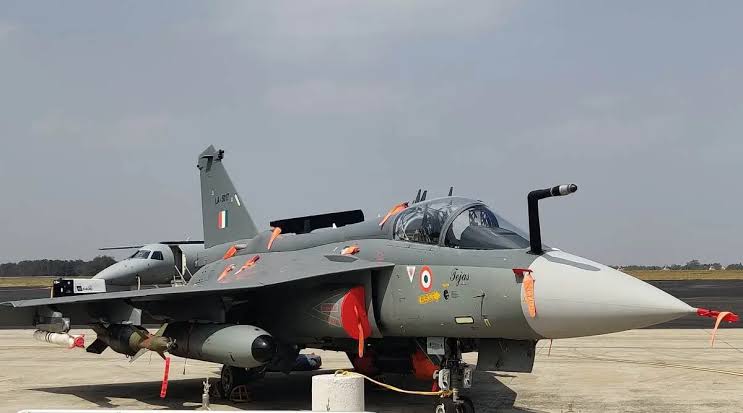To encourage to work harder, HAL may fit Rafale’s M-88 Engine into TEJAS?

Whether actually or deliberately, General Electrics of USA is having problems in the supply chain of their fighter engines for Indian Tejas Fighter programme. They certainly need some goading and encouragement to work a bit harder.
India is at the breakthrough stage of TEJAS fighter jets with an order for 170 TEJAS Mk1A s. HAL is prepared to face any challenge. The TEJAS MK-1A, a notable success, has garnered attention for its capability to carry various weapons and integrate advanced avionics. In tandem is the Tejas Mk2 programme too.
However, an indigenous engine remains a significant challenge as Kaveri has still not achieved the desired thrust. Therefore currently, India has to rely on USA to provide engines for its fighter jets. So India has made an agreement with GE Engine makers for supply and even local production. However, it seems some “supply chain issues” have led to “delays” in engine delivery. As a result, to encourage GE to work harder, HAL is considering an alternative: switching to the European M88 engine, which powers the Rafale fighter jet.
In the early stages of the TEJAS MK-2’s development around 2010, the Indian Air Force (IAF) preferred the European Eurojet EJ200 engine used in the Eurofighter Typhoon. They wanted to diversify their engine suppliers to reduce dependency on a single foreign entity. However, the Aeronautical Development Agency (ADA) chose the GE F414IN6 engine for the TEJAS MK-2 due to its cost-effectiveness.
The TEJAS MK-2 design will fly with the GE F414IN6, but the IAF’s initial interest in the EJ200 highlights the need to consider multiple options in defence acquisitions.
India’s Hindustan Aeronautics Limited (HAL) TEJAS MK-1 and MK-1A light combat aircraft currently use General Electric GE-404 engines. Delivery delays have led discussions about alternatives, like the Safran M88-3 engines used in Dassault’s Rafale jets. However, replacing the GE-404 with the M88-3 faces several challenges.
The GE-404 engine is known for reliability and performance, producing 84 kN of thrust with afterburner compared to the M88-3’s 75 kN. The dimensions also differ, requiring significant internal changes to the fuselage for an engine swap.
Safran’s M88-3 engines are optimized for the Rafale program, and scaling production to meet Indian needs would require certain adjustments and investments. Transitioning engines would also involve establishing new supply chains and logistical frameworks, including sourcing components and training personnel. Though this will act as a great motivator to the French. Also India may consider going for 6 to 7 additional Rafale Squadrons.
Any new engine integration would need rigorous certification and testing, extending timelines and increasing costs. However now we have the means to reduce the time required for such things.
While the Safran M88-3 engine offers competitive performance, change may be complicated. The GE-404’s higher thrust, existing integration in the TEJAS program, and established supply chain make it the more practical choice currently. Safran’s production capabilities too may need significant adaptation to meet India’s needs. However this will certainly be a good alternative.
Also there is a need to have a breakthrough on the Kaveri front at the earliest.



